What They Gave 2006
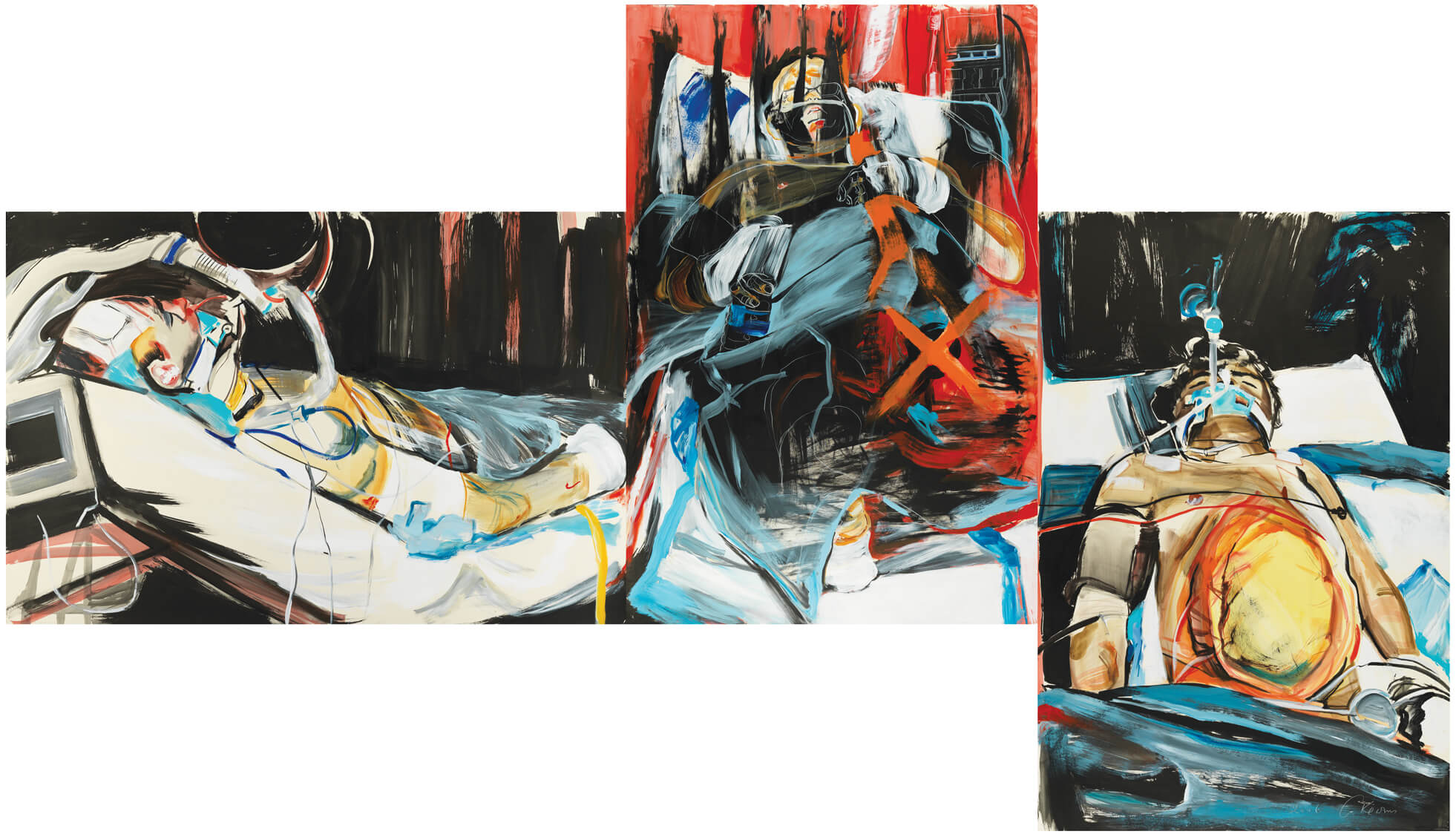
Gertrude Kearns, What They Gave, 2006
Ink, acrylic, and coloured crayon on 4-ply board, 3 panels, each 152 x 102 cm
Beaverbrook Collection of War Art, Canadian War Museum, Ottawa
What They Gave is a personal response by Gertrude Kearns (b.1950) to the traumatic events she witnessed in 2006 in Kandahar, Afghanistan, as an embedded artist with the Canadian Army. A suicide bomber blew up the vehicle carrying Canadian diplomat Glyn Berry, with whom she had just had breakfast. Berry was killed at the scene, and three Canadian soldiers were severely injured, one of them losing a leg. Kearns’s unprecedented access to the medical facilities to which the wounded were taken inspired a number of works, including What They Gave. It was painted in Toronto nearly nine months after she returned from her five weeks in Afghanistan.
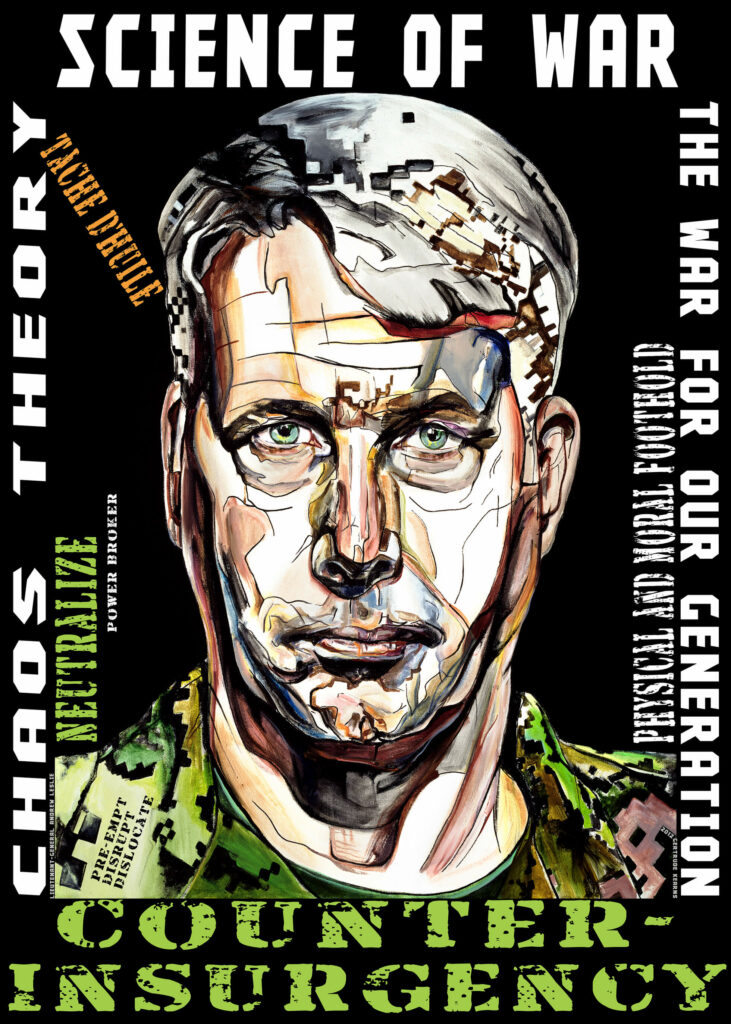
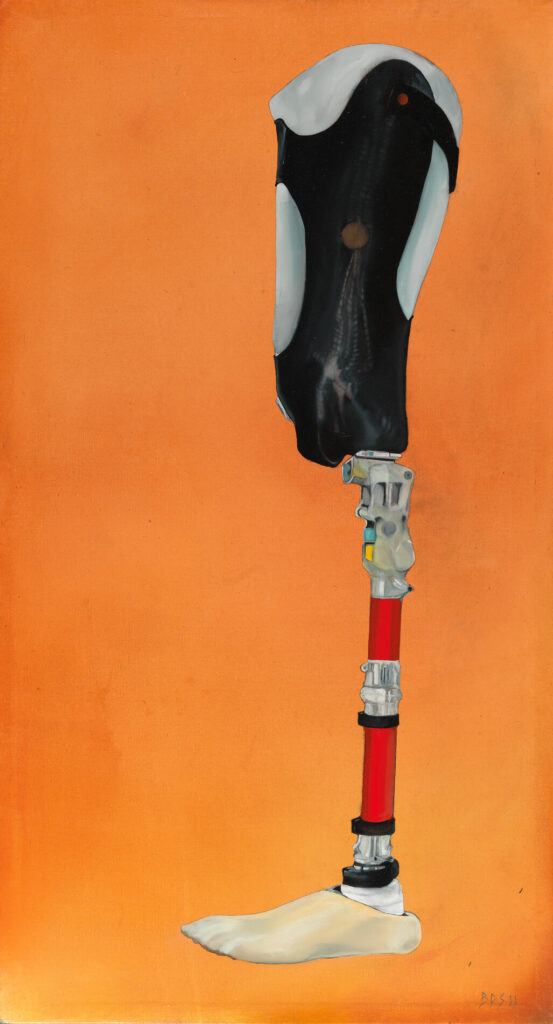
Describing the cathartic exercise behind this dramatic painting, Kearns wrote: “I slashed this time, expressing for the first time since my return from Afghanistan the sadness and volatility of emotion I had contained for so long as far as this war work was concerned.” In the end, the paint was all over the wall as well—not just on the painting itself. It totally overwhelmed her studio space. Far more measured and, in many ways, representative of the next stage for at least one of the wounded is a painting by Bruce Stewart (b.1956) of a prosthetic leg, Sergeant Nielson’s Leg, 2011.
Kearns is the best-known war artist working in Canada today. Like her twentieth-century predecessors Frederick Varley (1881–1969) with For What?, 1918, Alex Colville (1920–2013) with Bodies in a Grave, 1946, and Jack Nichols (1921–2009) with Drowning Sailor, 1946, for example, she has painted the dark side of conflict. Although she has frequently worked independently of the official programs, she has spent so many years close to the military that some question her objectivity. What They Gave, however, represents a marked contrast to many of her quasi-heroic portrayals of military personnel—such as Science of War, 2013.
Kearns’s early war art focused on the 1991 First Gulf War. In 1995, she began a series of canvases about the 1993 torture and death of Somali teenager Shidane Arone, which Allan Harding MacKay (b.1944) depicted in Error, 1993, his mixed-media piece about the initial reception afforded this event back in Canada. She also created bodies of work about the 1994 Rwandan genocide and the 1991–2001 Yugoslav Wars. Her Canadian Forces Artists Program experiences in Canada in 2003–5 preceded her work as an embedded war artist in Kandahar (2005–6) and later Kabul, Afghanistan. Between 2006 and 2018, she worked on a portrait project predominantly about the nature of Canadian command and soldiering in Afghanistan, which has been widely exhibited in Canada and the United States. Kearns is now the honorary war artist at the Royal Canadian Military Institute.

 About the Author
About the Author
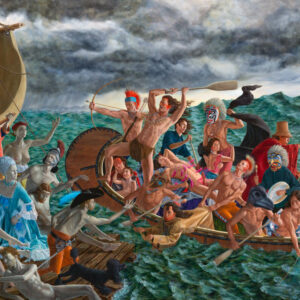 More Online Art Books
More Online Art Books
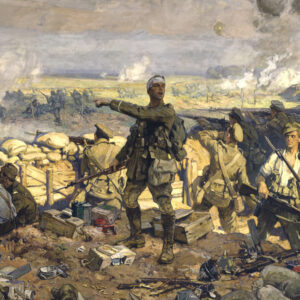 Acknowledgements
Acknowledgements